Home>Gardening & Outdoor>Outdoor Recreation & Activities>What Is The Temperature Of An Olympic Swimming Pool
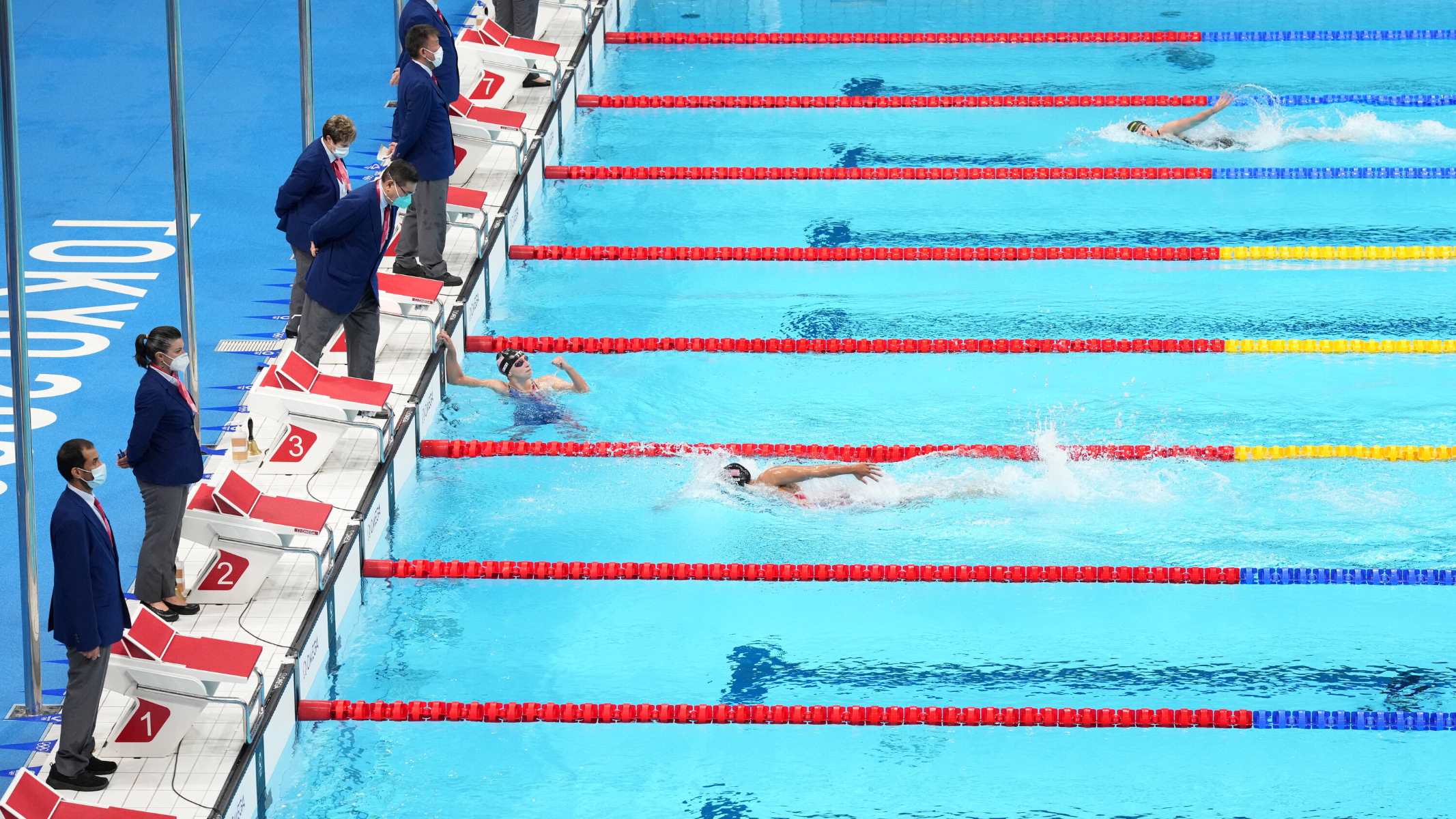

Outdoor Recreation & Activities
What Is The Temperature Of An Olympic Swimming Pool
Modified: February 18, 2024
Discover the ideal temperature for an Olympic swimming pool and learn how it enhances outdoor recreation and activities. Explore the perfect conditions for a refreshing and invigorating swim.
(Many of the links in this article redirect to a specific reviewed product. Your purchase of these products through affiliate links helps to generate commission for Storables.com, at no extra cost. Learn more)
Introduction
The temperature of an Olympic swimming pool is a critical factor that significantly impacts the performance of swimmers and the overall success of aquatic events. Maintaining the ideal temperature is essential to ensure the comfort, safety, and peak performance of the athletes. The temperature of the water also plays a crucial role in the efficiency of the swimmers' movements and the overall experience of spectators.
When discussing the temperature of an Olympic swimming pool, it's important to consider the various factors that influence it. These factors include environmental conditions, such as the outdoor temperature and humidity, as well as the indoor climate control systems in the case of indoor pools. Additionally, the size and depth of the pool, the materials used in its construction, and the frequency of use all contribute to the pool's temperature dynamics.
Understanding the ideal temperature for an Olympic swimming pool is essential for ensuring that the athletes can perform at their best. It also impacts the spectators' experience, as they can enjoy the events in a comfortable environment. Moreover, the safety and well-being of the swimmers are closely tied to the water temperature, making it a crucial aspect of competitive swimming.
In this article, we will delve into the various factors that affect the temperature of an Olympic swimming pool, explore the ideal temperature range for such pools, and discuss the methods employed to maintain the optimal temperature. By gaining insights into these aspects, we can appreciate the complexity and significance of managing the temperature of Olympic swimming pools.
Key Takeaways:
- The ideal temperature for an Olympic swimming pool is between 77°F (25°C) and 82°F (28°C), creating a perfect environment for swimmers to perform at their best and for spectators to enjoy the events comfortably.
- To maintain the ideal temperature, Olympic swimming pools use heating systems, insulation, environmental control, solar covers, water circulation, and monitoring systems, ensuring swimmers have the best conditions and demonstrating a commitment to sustainability and excellence.
Read more: What Size Is An Olympic Swimming Pool
Factors Affecting the Temperature
The temperature of an Olympic swimming pool is influenced by a myriad of factors, each playing a crucial role in determining the optimal conditions for swimmers and spectators. Understanding these factors is essential for maintaining the ideal temperature and ensuring the success of aquatic events.
-
Environmental Conditions: Outdoor Olympic swimming pools are significantly impacted by environmental factors such as ambient temperature, humidity, and sunlight. These elements directly affect the heat exchange between the water and the surrounding air. For instance, higher temperatures and intense sunlight can lead to increased water evaporation, potentially causing a drop in water temperature. Conversely, cooler outdoor temperatures can necessitate the use of heating systems to maintain the desired water temperature.
-
Indoor Climate Control: In the case of indoor Olympic swimming pools, environmental control systems play a pivotal role in regulating the water temperature. HVAC (Heating, Ventilation, and Air Conditioning) systems are employed to manage the indoor climate, ensuring that the pool water remains within the optimal temperature range regardless of external weather conditions.
-
Pool Size and Depth: The dimensions of the pool, including its size and depth, significantly impact its temperature dynamics. Larger pools have a higher thermal mass, which means they can retain heat more effectively. Conversely, smaller pools may experience more rapid temperature fluctuations. Additionally, the depth of the pool affects the distribution of heat, with deeper areas potentially exhibiting variations in temperature.
-
Construction Materials: The materials used in the construction of the pool can influence its thermal properties. For instance, pools constructed with materials that conduct heat efficiently may experience faster heat loss, while pools with insulating materials can better retain warmth.
-
Frequency of Use: The frequency of pool usage and the number of swimmers can impact the water temperature. Continuous use of the pool, especially during events or training sessions, can lead to heat loss due to the movement and activity of the swimmers. This necessitates efficient heating systems to maintain the desired temperature.
-
Water Circulation and Filtration: The circulation and filtration systems in the pool play a vital role in temperature management. Proper water circulation helps distribute heat evenly throughout the pool, while effective filtration ensures that the water temperature remains consistent and free from localized variations.
Understanding these factors provides valuable insights into the complexity of maintaining the optimal temperature for Olympic swimming pools. By considering these elements, pool operators and event organizers can implement strategies to ensure that the water temperature meets the requirements for competitive swimming and provides a comfortable environment for all stakeholders.
Ideal Temperature for Olympic Swimming Pool
The ideal temperature for an Olympic swimming pool is a critical determinant of the overall swimming experience for athletes and spectators alike. Maintaining the optimal water temperature is essential to ensure the comfort, safety, and peak performance of the swimmers during training sessions and competitive events. The ideal temperature range for Olympic swimming pools typically falls between 77°F (25°C) and 82°F (28°C). This range strikes a balance between providing a conducive environment for swimmers to perform at their best and offering a comfortable setting for spectators to enjoy the events.
The temperature of the pool water directly impacts the swimmers' physiological responses and performance. Water that is too cold can lead to muscle stiffness and decreased flexibility, hindering the swimmers' ability to execute precise and powerful movements. On the other hand, excessively warm water can elevate the swimmers' core body temperature, potentially leading to fatigue and reduced endurance. Therefore, maintaining the water temperature within the ideal range is crucial for optimizing the swimmers' physical capabilities and minimizing the risk of thermal stress.
Furthermore, the ideal temperature range contributes to the efficiency of swimmers' movements through the water. Water that is too cold can increase resistance and impede the swimmers' speed, while excessively warm water may lead to reduced propulsion and compromised stroke mechanics. By adhering to the recommended temperature range, swimmers can benefit from optimal buoyancy and fluidity, allowing them to achieve peak performance and record-breaking results.
In addition to the athletes' performance, the ideal temperature range enhances the overall experience for spectators. A comfortably warm pool environment ensures that spectators can enjoy the events without being subjected to extreme temperatures. This creates a welcoming atmosphere for fans and supporters, contributing to the excitement and success of aquatic competitions.
It is important to note that the ideal temperature range may vary slightly based on the specific requirements of different swimming disciplines. For instance, competitive water polo matches may benefit from slightly cooler water to mitigate the heat generated by the physical exertion of the players. Conversely, synchronized swimming routines, which often involve extended periods of immobility in the water, may necessitate slightly warmer temperatures to prevent discomfort and maintain flexibility.
By adhering to the ideal temperature range for Olympic swimming pools, event organizers and facility managers can ensure that the conditions are optimized for the swimmers' performance and the spectators' enjoyment. This commitment to maintaining the ideal water temperature underscores the dedication to fostering an environment conducive to achieving remarkable athletic feats and creating memorable experiences for all involved.
The temperature of an Olympic swimming pool is usually maintained between 77°F and 82°F (25°C and 28°C) to provide a comfortable environment for the swimmers.
Methods for Maintaining the Temperature
Maintaining the optimal temperature of an Olympic swimming pool requires the implementation of effective methods to regulate the water's heat levels. Several techniques and systems are employed to ensure that the pool remains within the ideal temperature range, providing swimmers with conducive conditions for training and competitive events. These methods encompass a combination of technological solutions, operational strategies, and environmental considerations aimed at achieving precise temperature control.
-
Heating Systems: Utilizing advanced heating systems is a fundamental method for regulating the temperature of Olympic swimming pools. These systems, which can be powered by electricity, gas, or solar energy, are designed to raise the water temperature to the desired range, particularly in outdoor pools or during colder seasons. By strategically deploying heating systems, pool operators can counteract heat loss and maintain consistent water temperatures, ensuring that swimmers have an optimal environment for their activities.
-
Insulation: Implementing effective insulation measures is crucial for minimizing heat loss and preserving the water temperature. Insulating the pool structure, including the walls and floor, helps retain the heat generated by the heating systems, thereby reducing energy consumption and promoting temperature stability. Additionally, covering the pool when not in use, especially during periods of inactivity, can prevent heat dissipation and contribute to maintaining the desired temperature.
-
Environmental Control Systems: Indoor Olympic swimming pools rely on sophisticated environmental control systems to manage the temperature and humidity levels within the facility. HVAC (Heating, Ventilation, and Air Conditioning) systems are equipped with precise temperature regulation capabilities, ensuring that the pool environment remains comfortable and conducive to swimming activities. These systems also play a vital role in mitigating the impact of external weather conditions on the pool's temperature.
-
Solar Covers and Blankets: Leveraging solar covers and blankets is an eco-friendly approach to maintaining the temperature of outdoor Olympic swimming pools. These covers effectively trap solar heat, preventing its dissipation and helping to raise the water temperature. By harnessing the natural energy from the sun, pool operators can reduce the reliance on traditional heating systems, thereby promoting sustainability and cost-efficiency.
-
Water Circulation and Filtration: Efficient water circulation and filtration systems are essential for temperature management in Olympic swimming pools. Proper circulation helps distribute heat evenly throughout the pool, preventing localized temperature variations. Additionally, effective filtration ensures that the water temperature remains consistent and free from fluctuations caused by impurities or irregularities.
-
Monitoring and Control: Implementing advanced monitoring and control systems allows for real-time oversight of the pool's temperature. Automated sensors and controllers enable precise adjustments to the heating and environmental control systems, ensuring that the water temperature remains within the optimal range. This proactive approach to temperature management enhances operational efficiency and minimizes deviations from the desired conditions.
By integrating these methods for maintaining the temperature, Olympic swimming pools can uphold the ideal water temperature, providing swimmers with an environment conducive to peak performance and ensuring a comfortable setting for spectators. The combination of technological innovation, sustainable practices, and meticulous operational strategies underscores the commitment to optimizing the swimming experience and fostering exceptional aquatic events.
Conclusion
In conclusion, the temperature of an Olympic swimming pool is a multifaceted aspect that significantly influences the experiences of athletes, spectators, and event organizers. By exploring the factors affecting the temperature, understanding the ideal temperature range, and delving into the methods for maintaining the temperature, we gain valuable insights into the intricacies of managing Olympic swimming pools.
The ideal temperature range of 77°F (25°C) to 82°F (28°C) serves as a pivotal benchmark for creating an environment that optimally supports the performance of swimmers while ensuring the comfort of spectators. This range strikes a delicate balance, providing swimmers with the ideal conditions for achieving peak performance and enabling spectators to enjoy the events in a welcoming and comfortable setting.
The methods employed to maintain the temperature, including heating systems, insulation, environmental control, solar covers, water circulation, and monitoring systems, underscore the commitment to precision and efficiency in temperature management. These strategies not only contribute to the swimmers' ability to perform at their best but also demonstrate a dedication to sustainability, operational excellence, and the overall success of aquatic events.
By recognizing the significance of maintaining the optimal temperature, event organizers, facility managers, and stakeholders can collaborate to ensure that Olympic swimming pools consistently provide an environment conducive to remarkable athletic achievements and memorable spectator experiences. The meticulous attention to temperature regulation reflects a shared commitment to excellence, safety, and the enduring legacy of aquatic sports.
In essence, the temperature of an Olympic swimming pool transcends mere numerical values; it embodies the collective pursuit of creating an environment where the boundaries of human achievement are challenged, and where the spirit of competition converges with the joy of shared experiences. As we continue to uphold the ideal temperature range and implement innovative methods for temperature management, we reinforce our dedication to fostering exceptional aquatic events and celebrating the indomitable spirit of competitive swimming.
Frequently Asked Questions about What Is The Temperature Of An Olympic Swimming Pool
Was this page helpful?
At Storables.com, we guarantee accurate and reliable information. Our content, validated by Expert Board Contributors, is crafted following stringent Editorial Policies. We're committed to providing you with well-researched, expert-backed insights for all your informational needs.
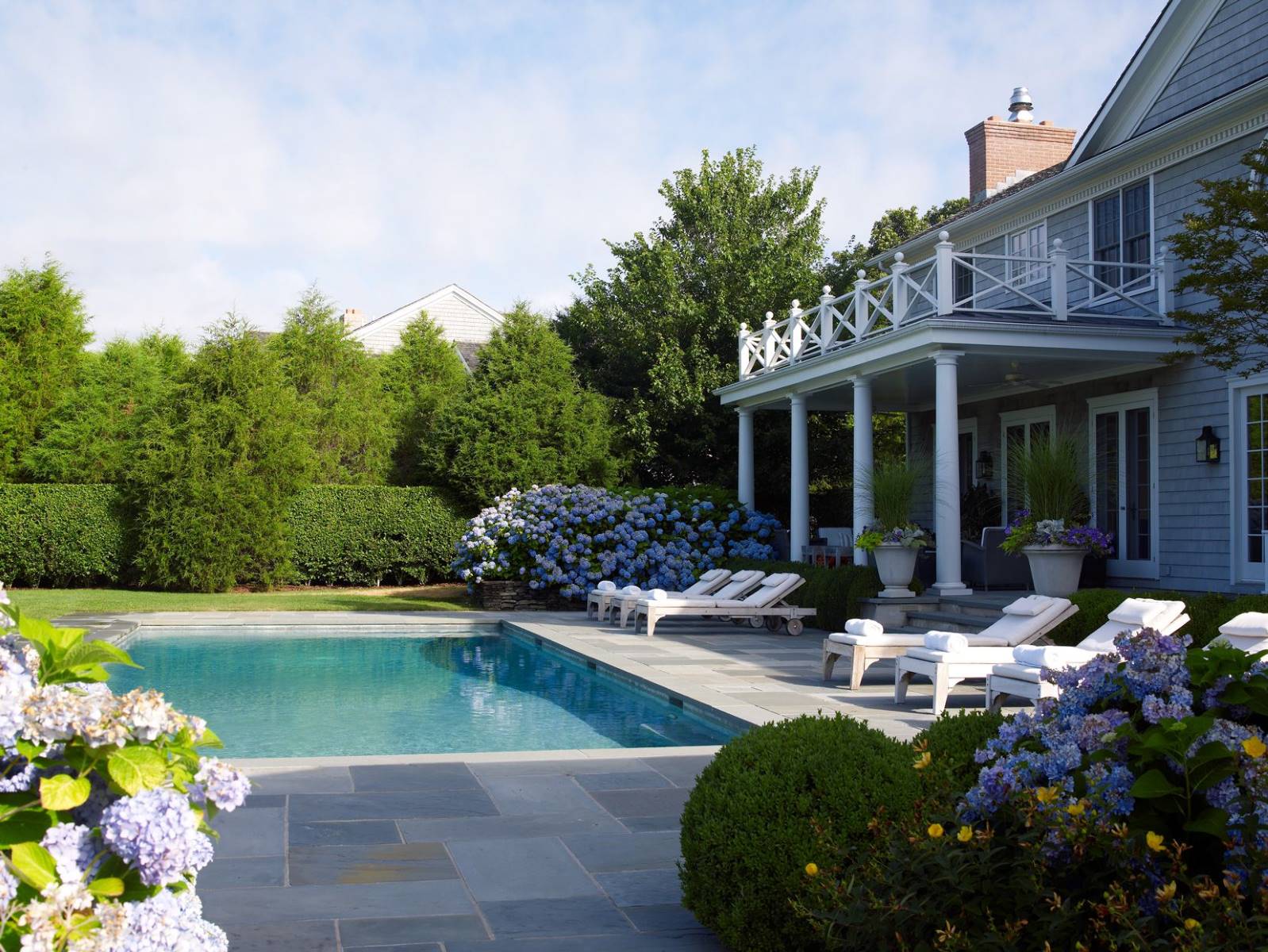
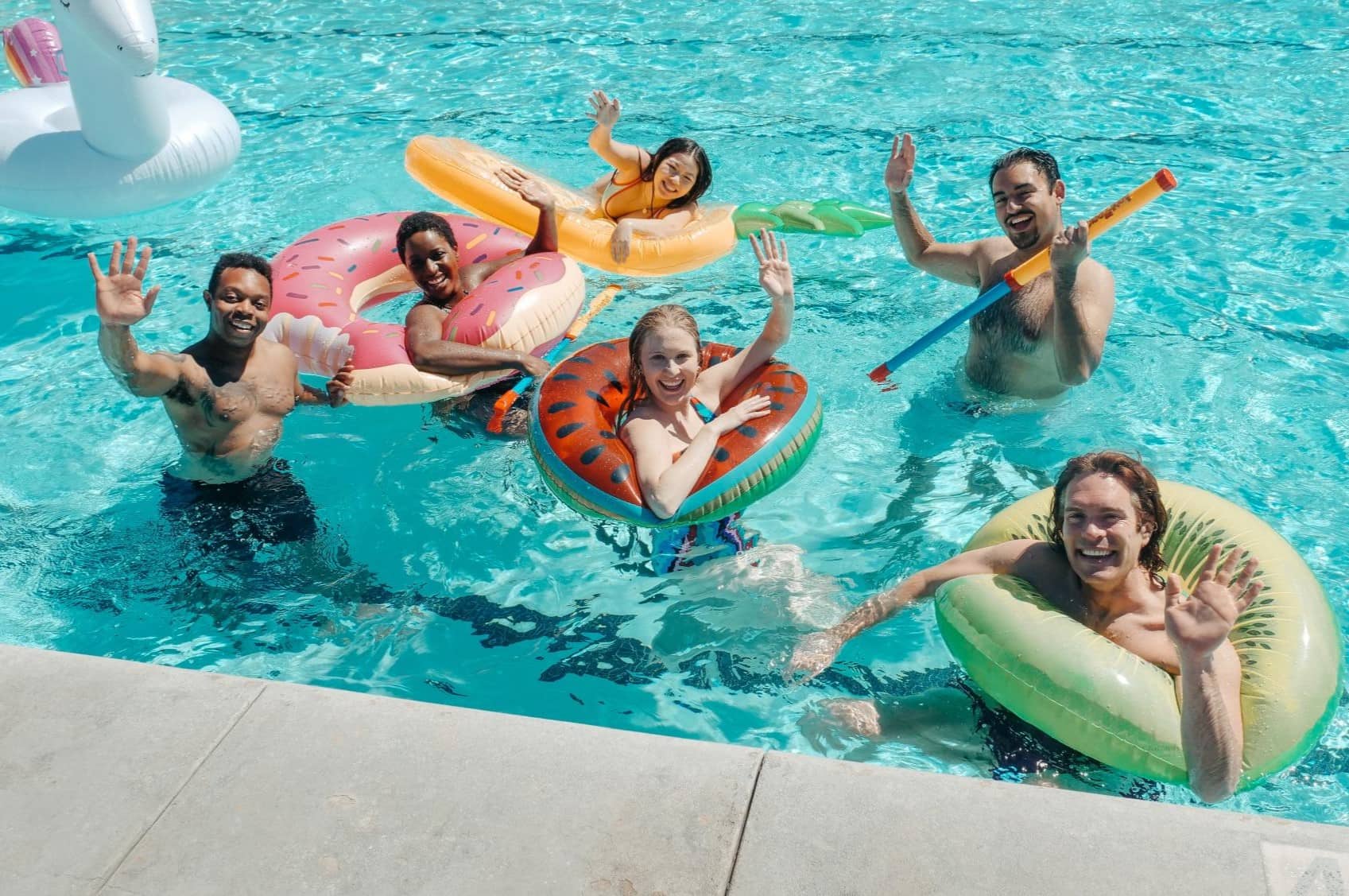
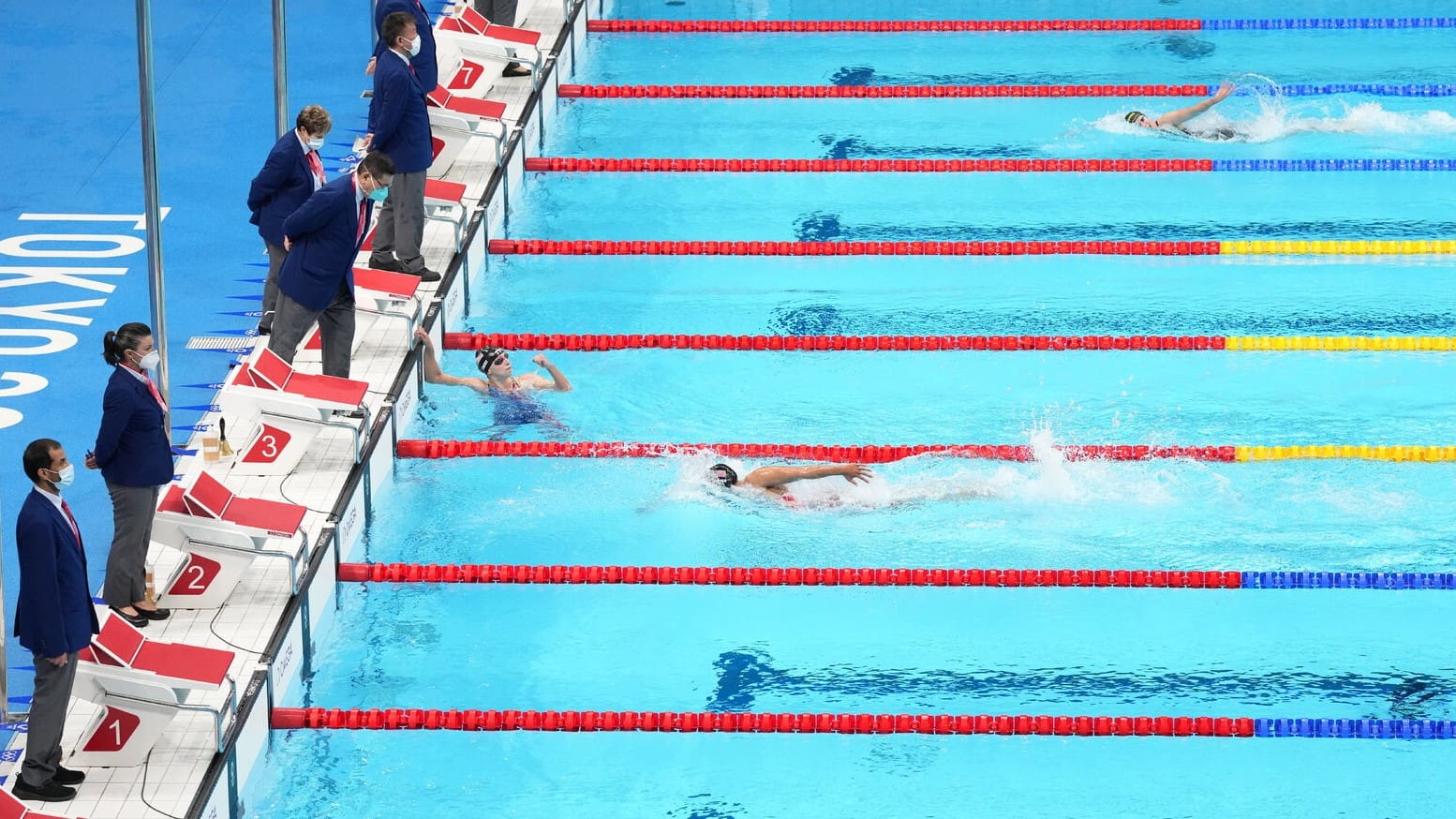
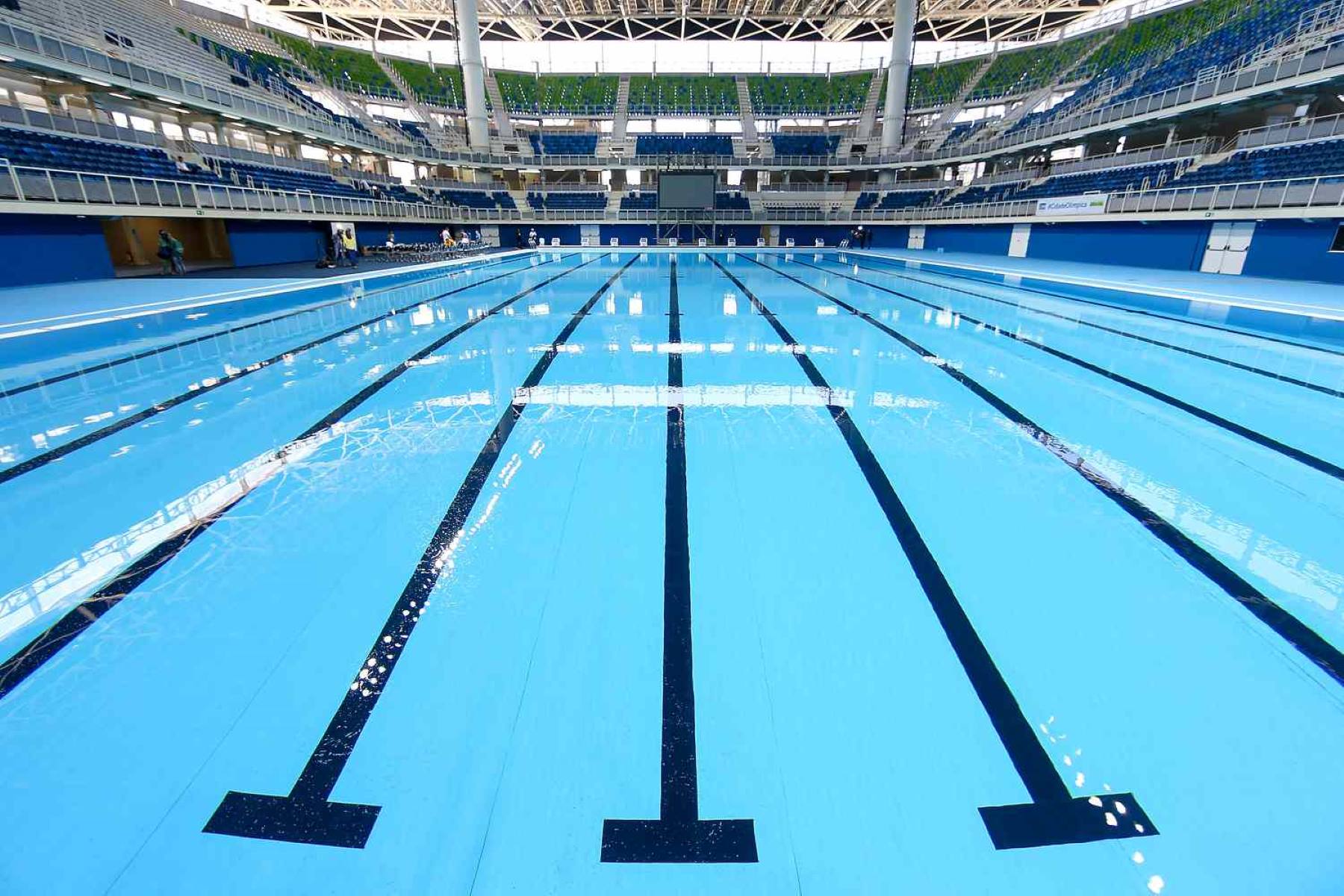
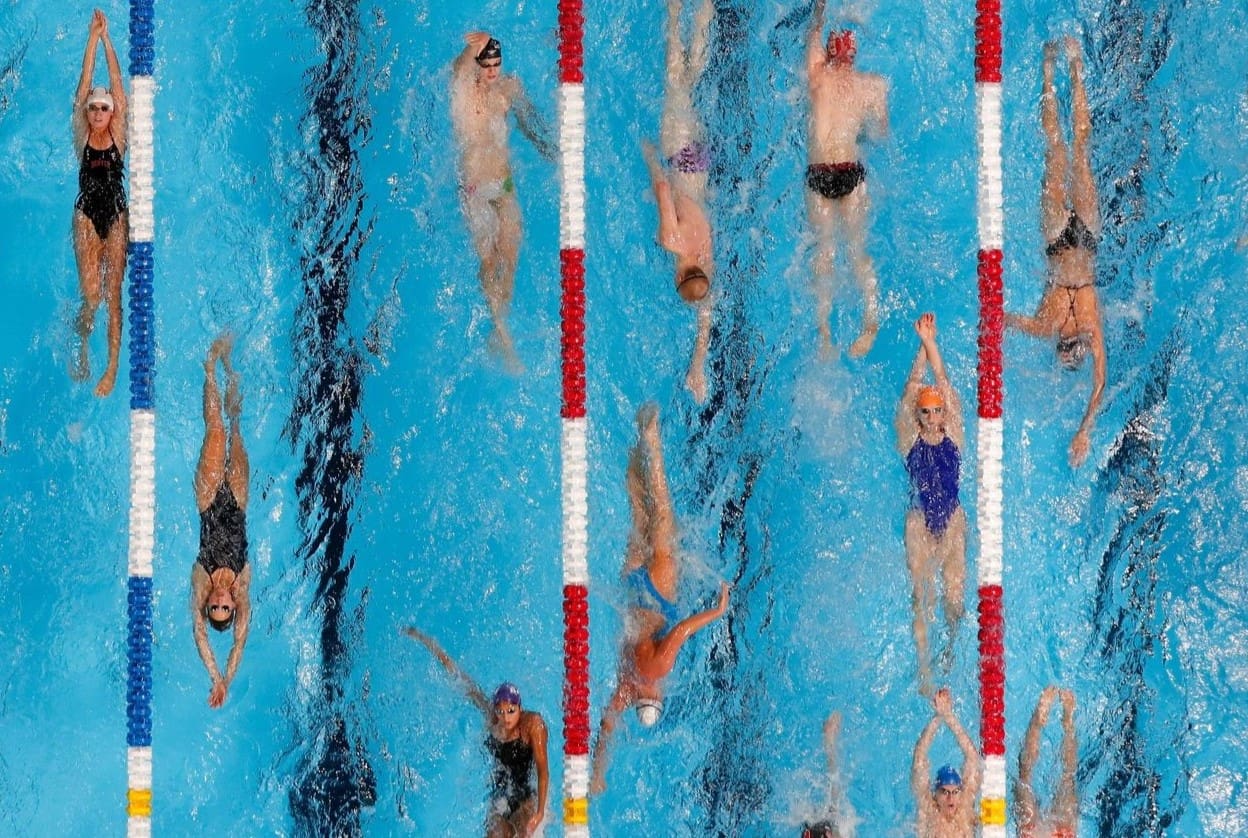
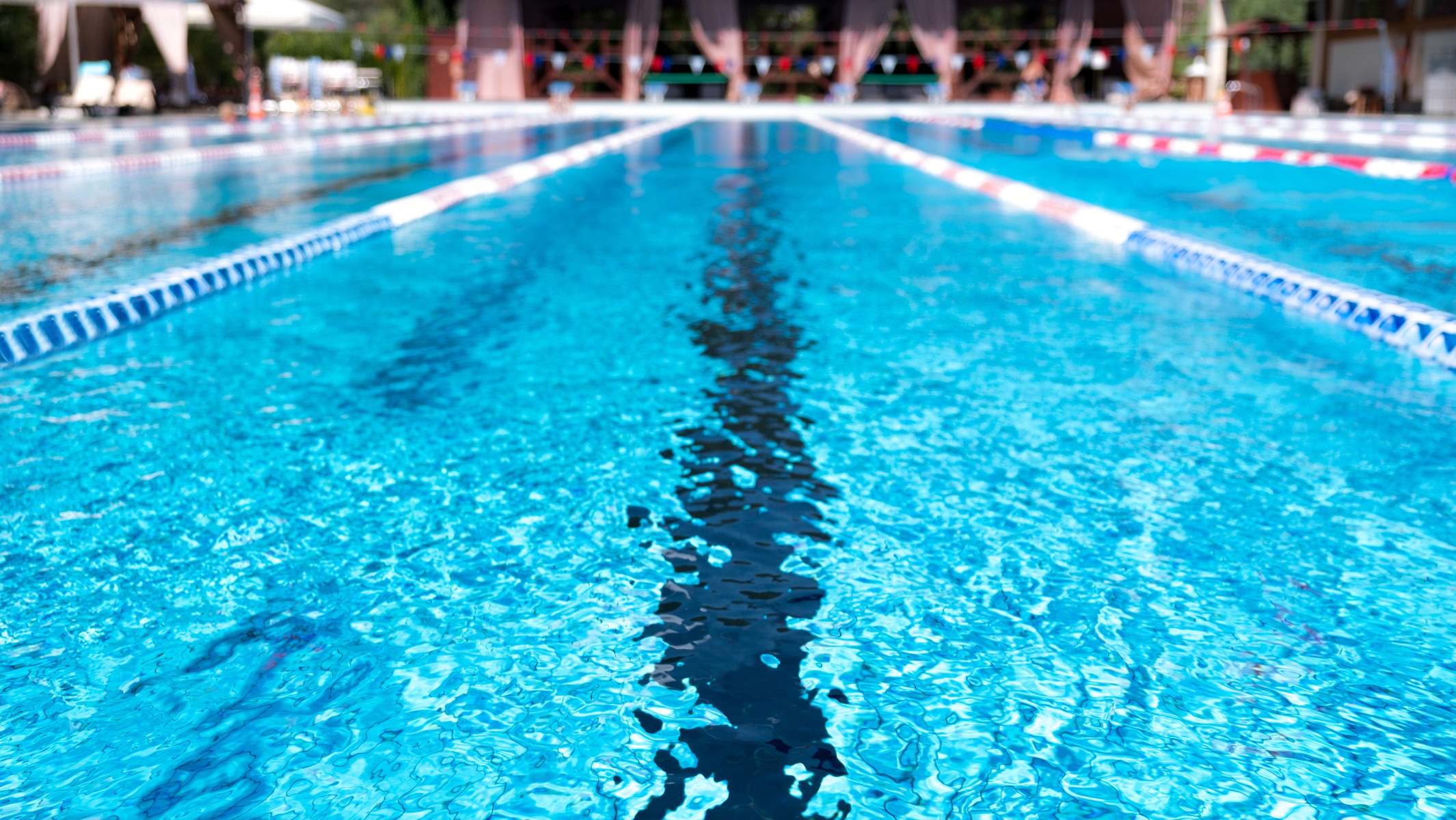
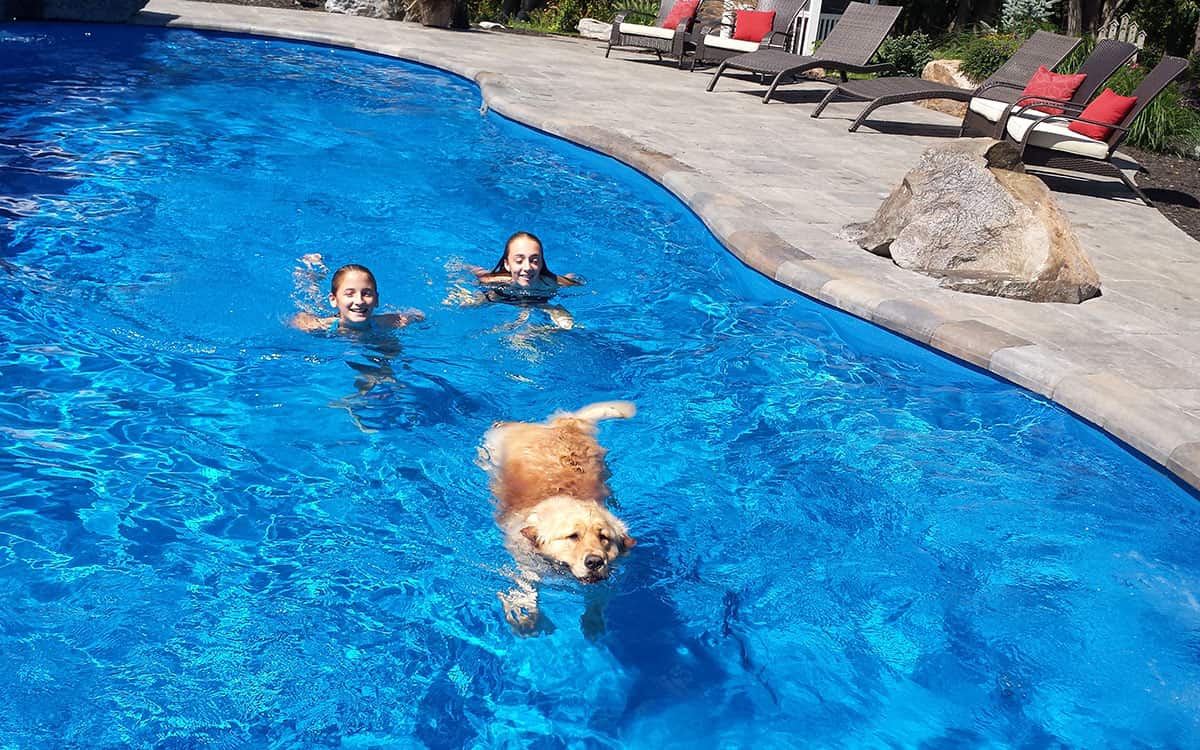
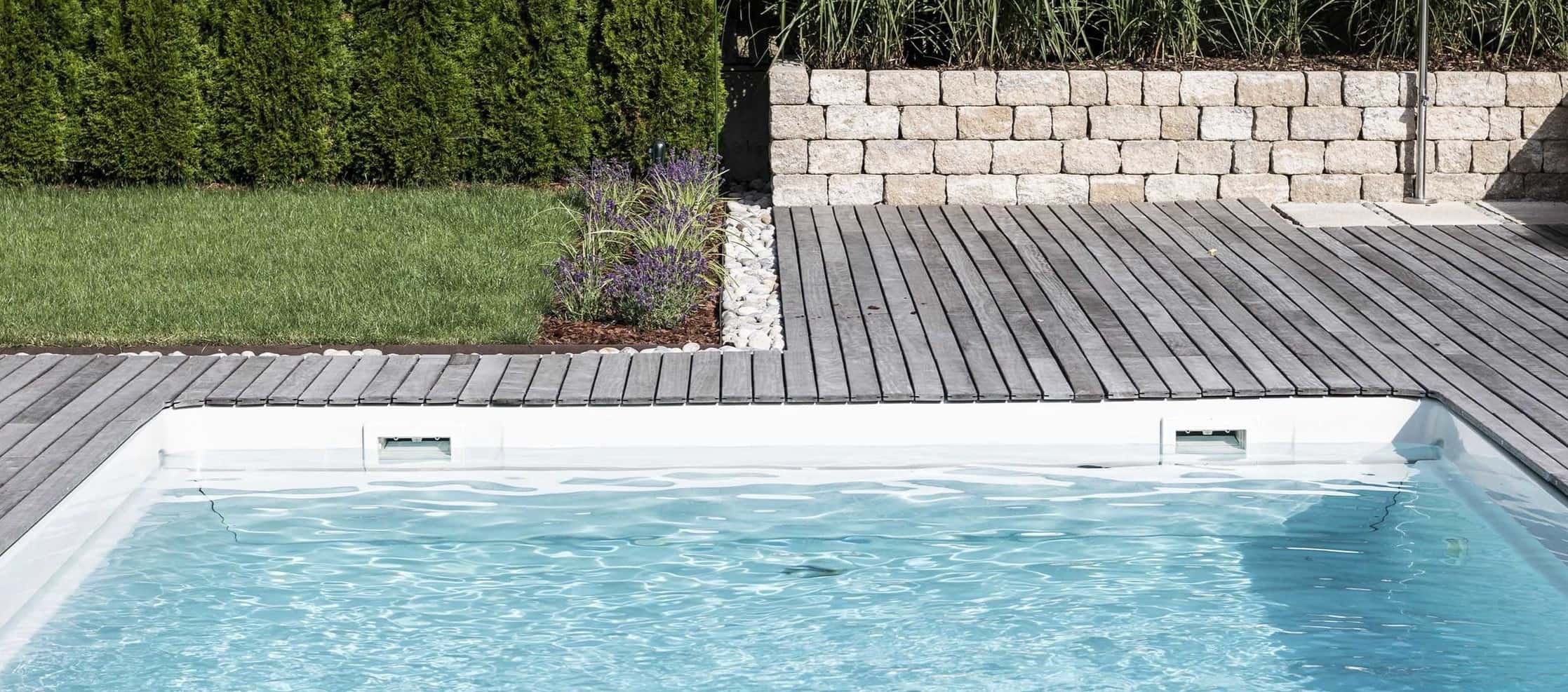
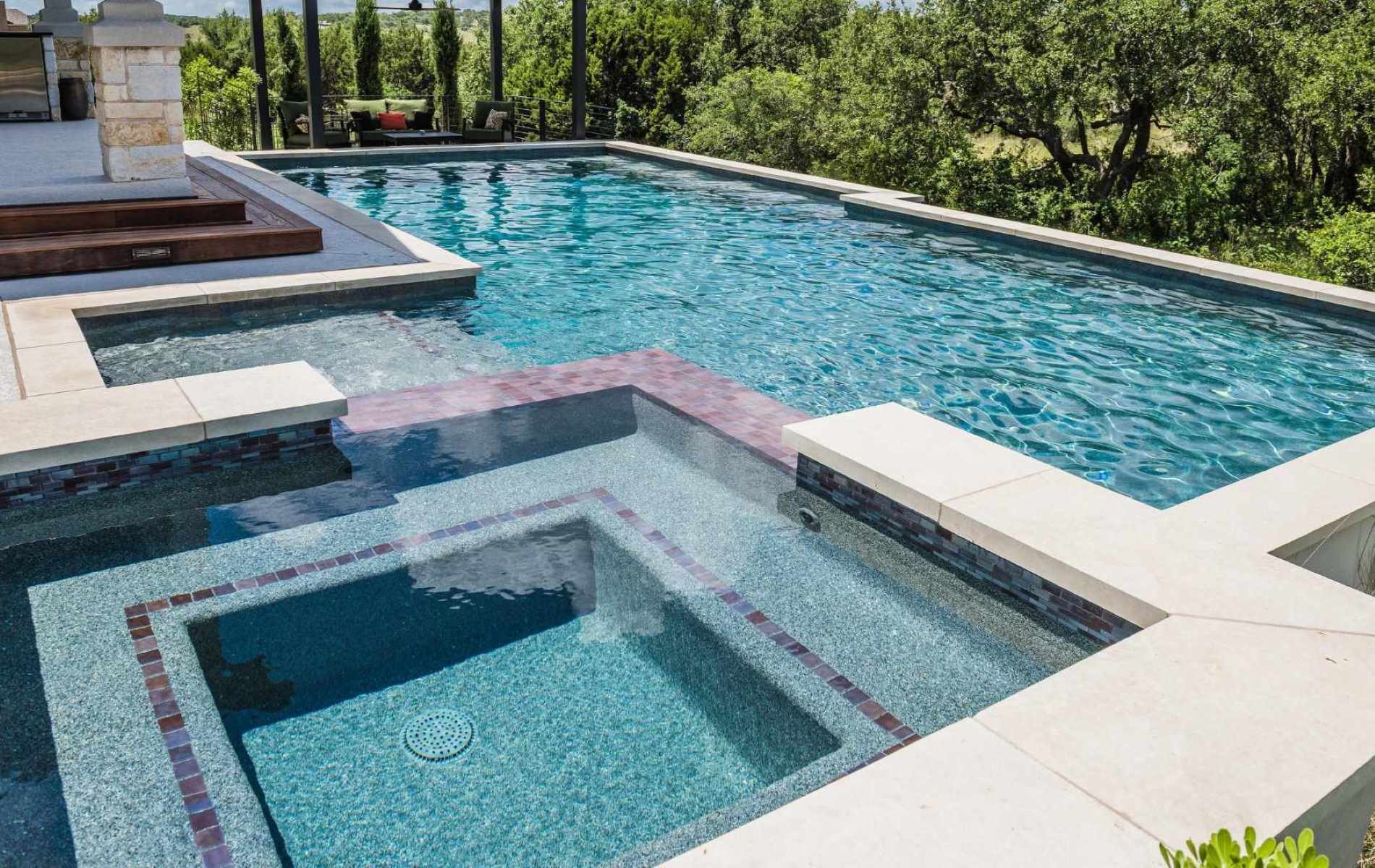
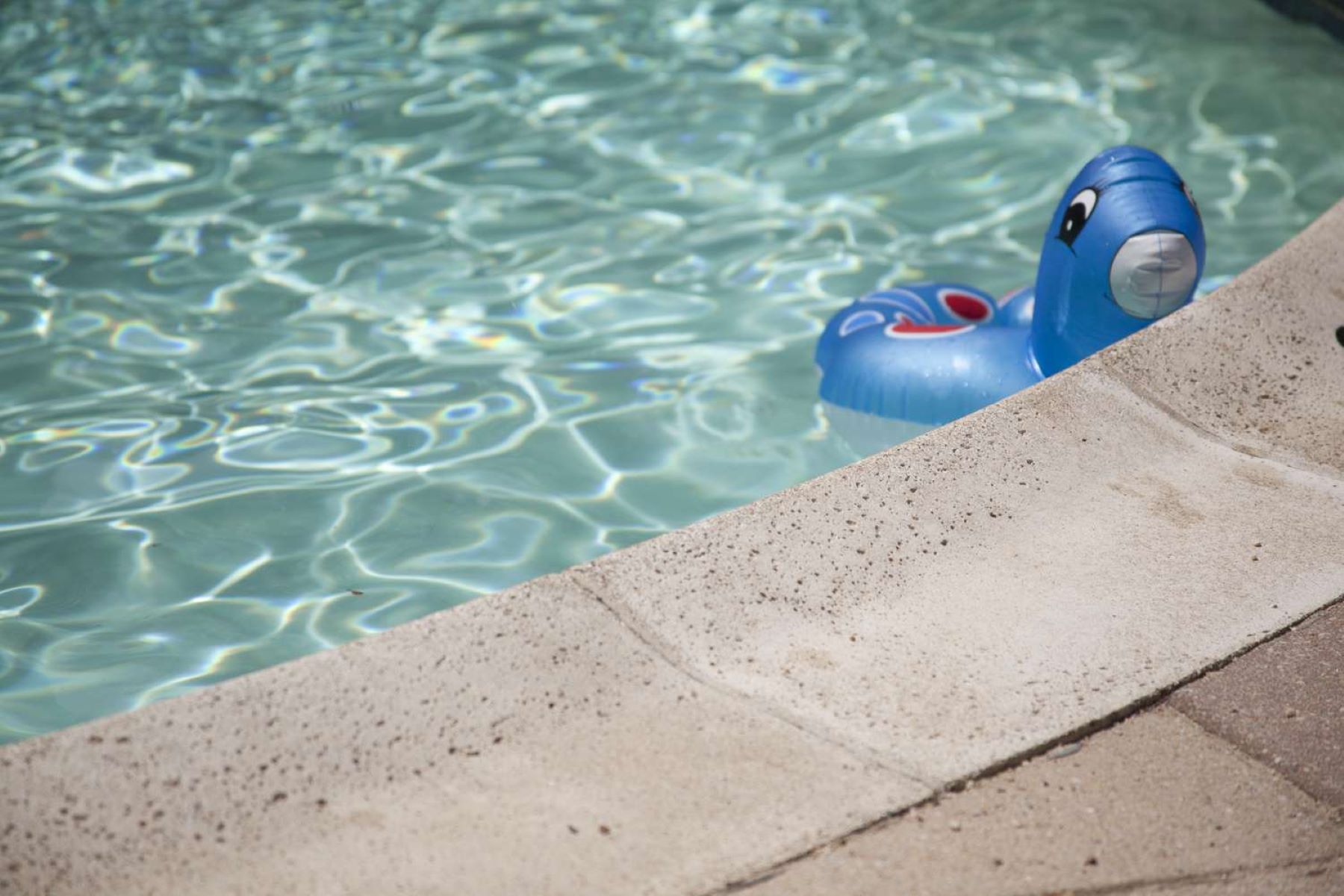
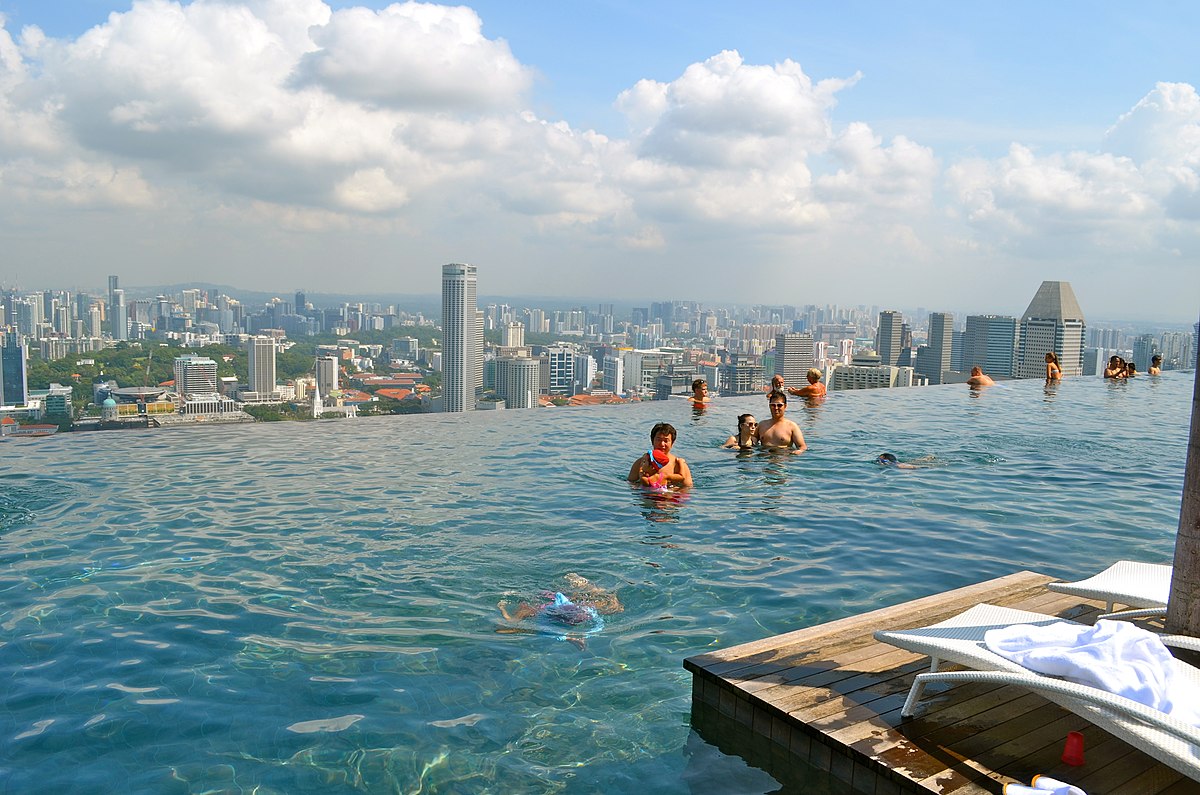
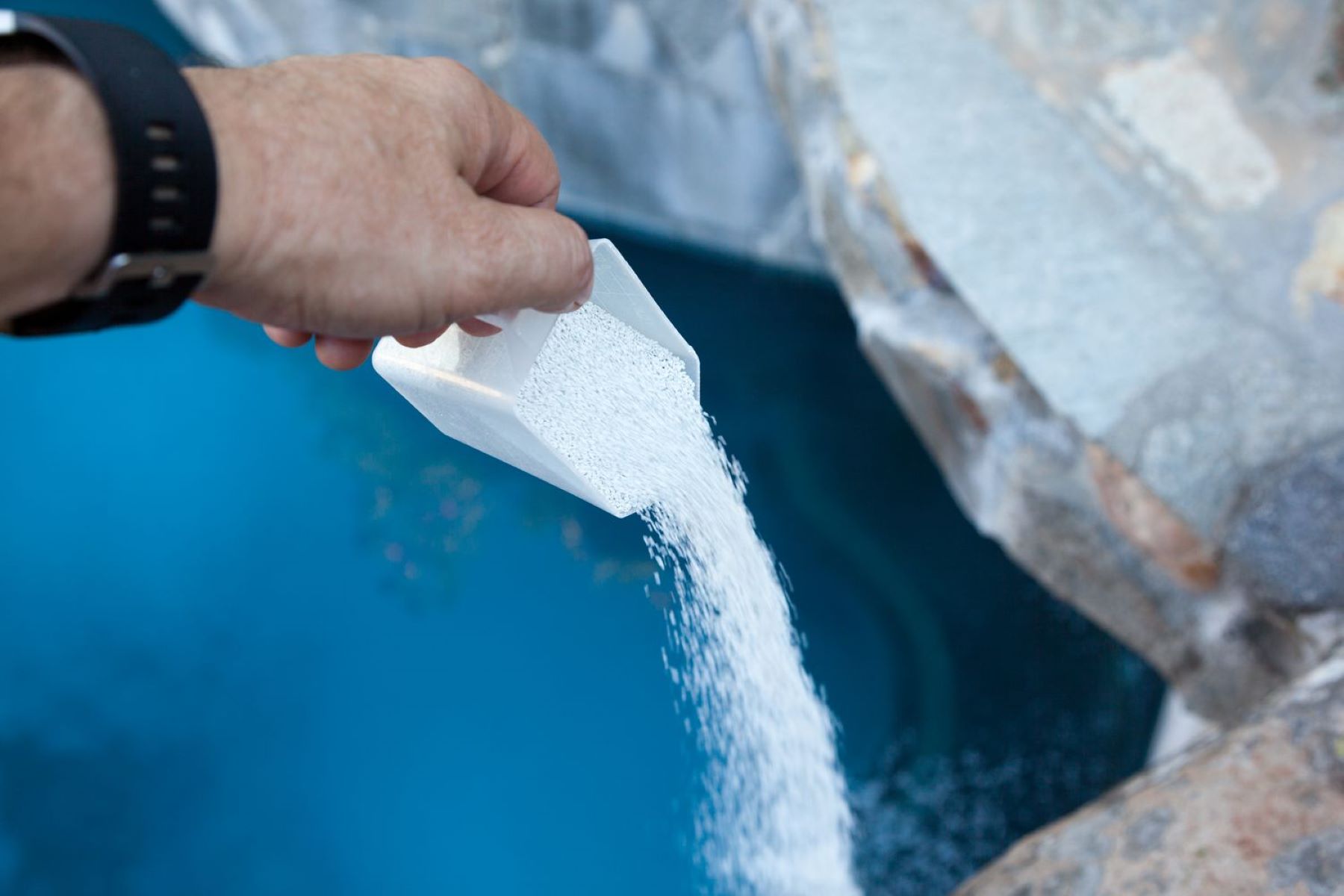
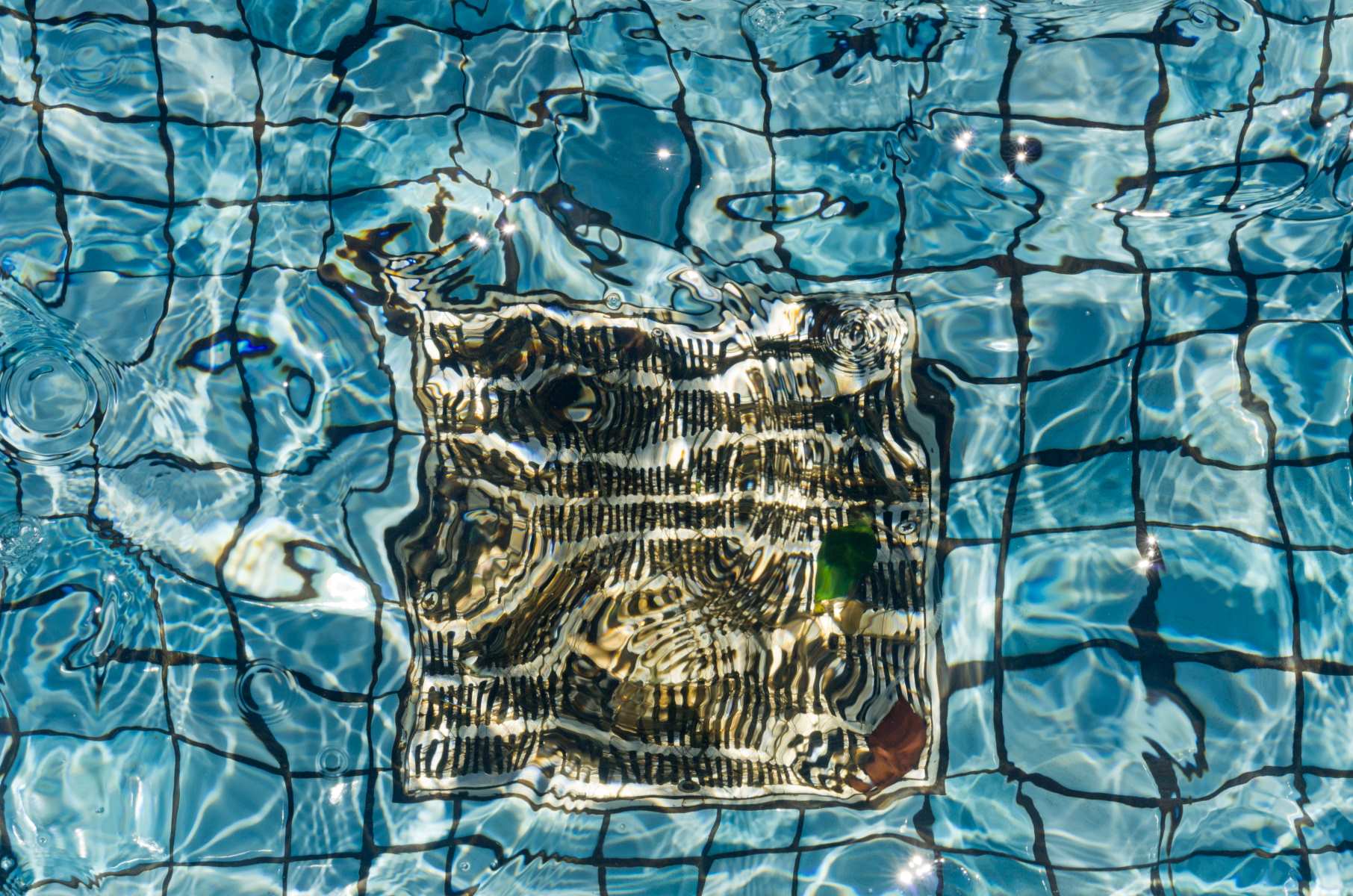
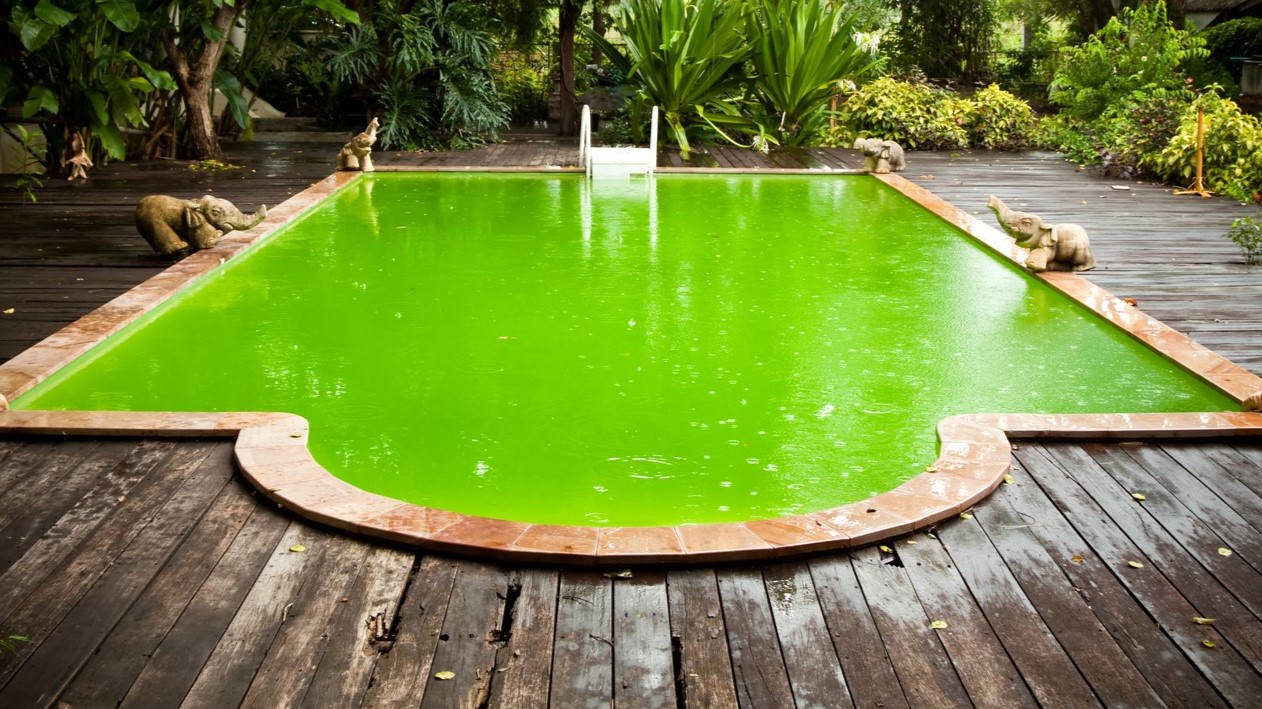
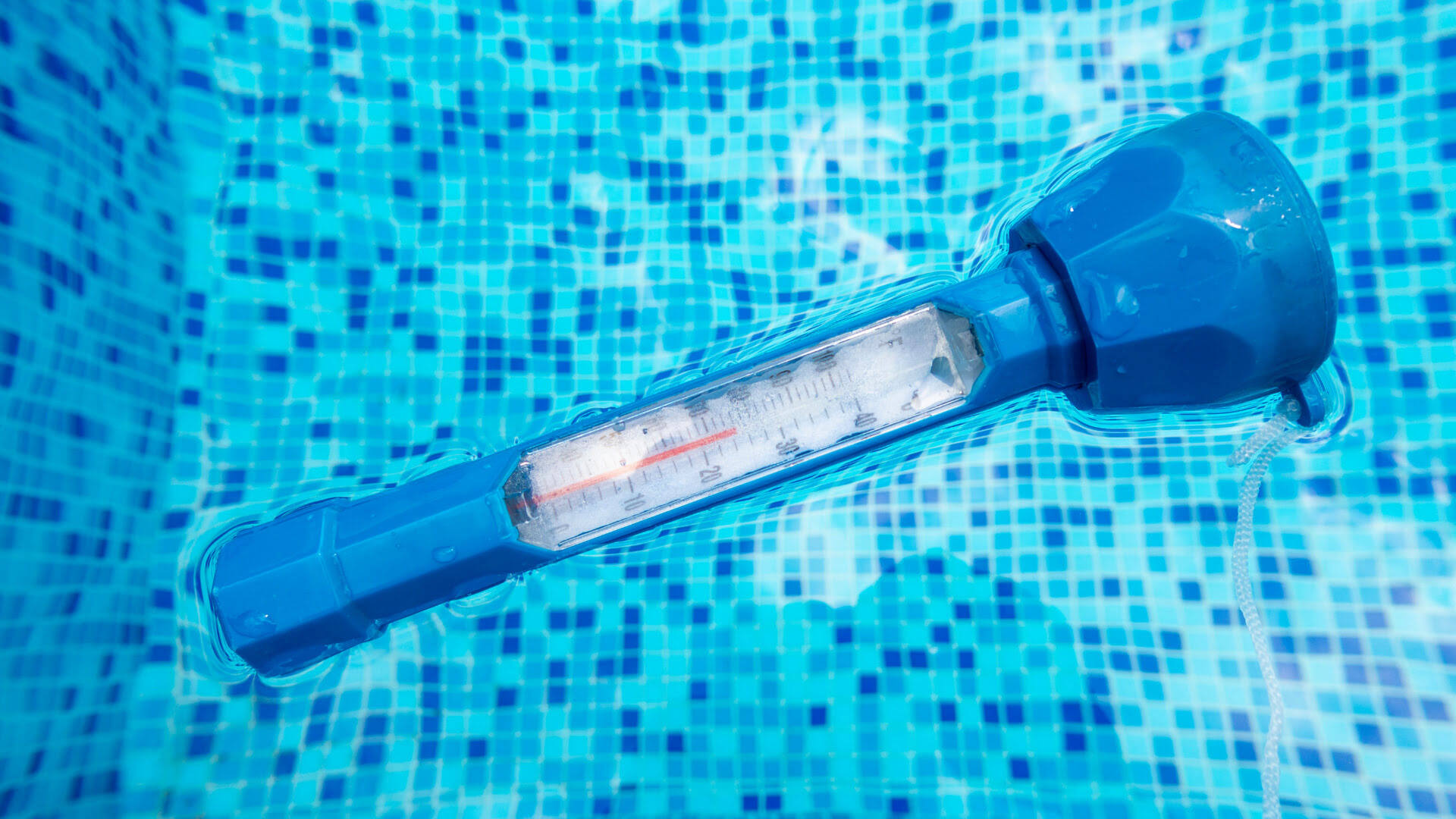

0 thoughts on “What Is The Temperature Of An Olympic Swimming Pool”